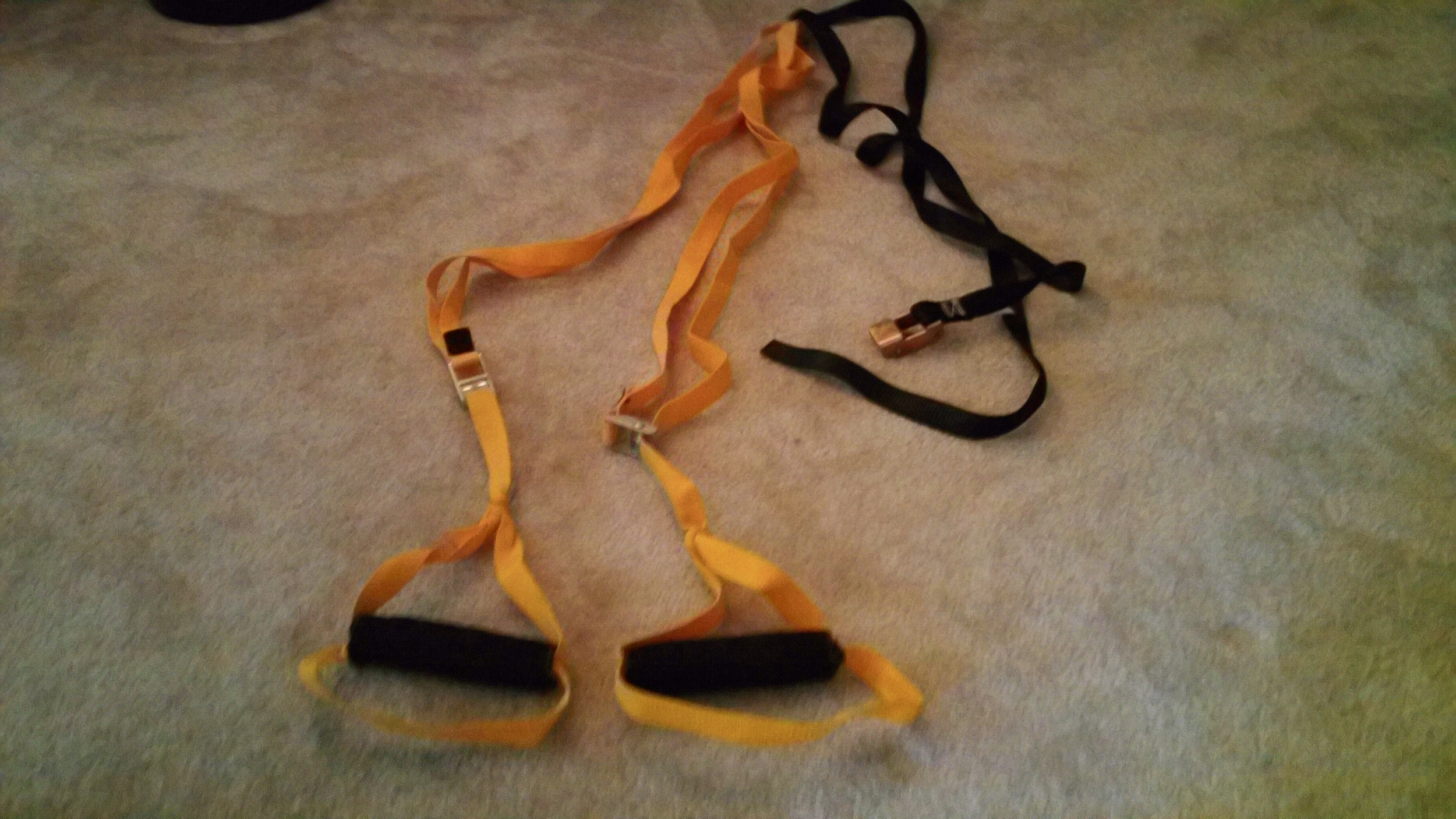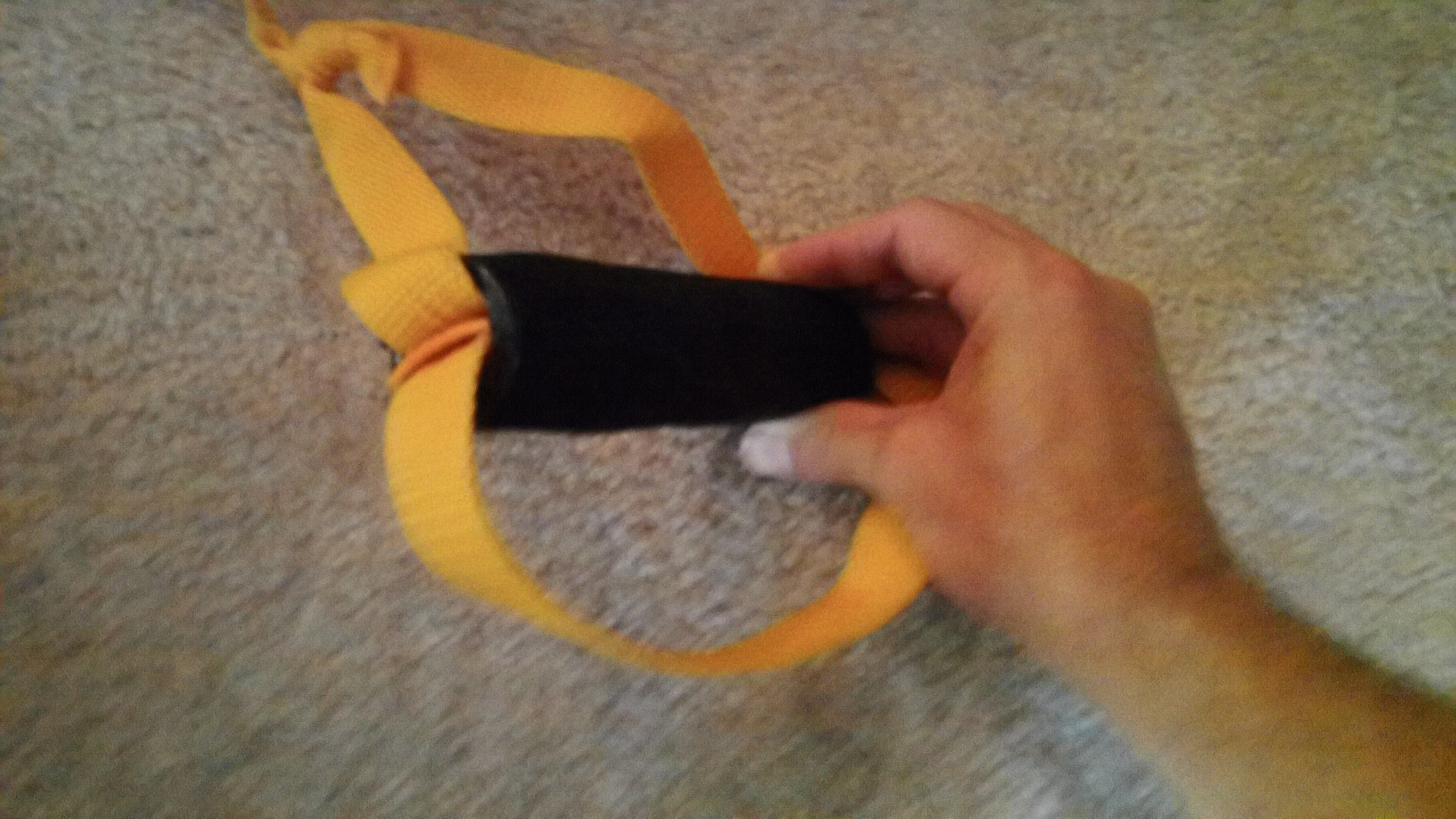It's no secret that a sound strength and conditioning regimen should be buttressed by a healthy dose of rowing. I don't care if you're training for powerlifting, athletic performance, fat loss, or for post-rehab purposes, you've got to include your rowing.
It's borderline ironic then that rowing exercises are one of the toughest to employ when either:
A) Traveling, or B) On a tight budget
The most common tools to use for rows are dumbbells and cable columns, and guess what are also extremely difficult to travel with, and cost a boatload of cash? Yep, dumbbells and cable columns.
When traveling, it's super easy to make do with the innumerable pushup variations at your disposal, or to include glute+hamstring work that can be accomplished with the simple addition of furniture sliders.
If you train in your garage, a squat rack and barbell will fit virtually all your needs for upper body pressing and for all essential lower body training. So, how do you achieve your rowing quota for the week in if all you have access to is a barbell (and is not your standard bent-over barbell row), and are divested of any remaining cash to spare?
Fortunately for you, we at SAPT are the kings and queens of training with minimal equipment. One of the first things people ask when they enter our facility for the first time is, "Where are are the dumbbells? Wait, what about your cable columns? Where are those?"
We've been using the dumbbell-less and cable-less rowing variations below for a number of years with our athletes, clients, and in our own training. While far from an all-inclusive list, I hope they can get you started in the right direction:
Dumbbell Row Substitutes: "Landmine" Rows
You can easily use a barbell to sub in for a number of common dumbbell variations. The following five exercises depict this.
1. Bent-Over Landmine Row
2. Bent-Over DEADSTOP Landmine Row
3. 3-Point Landmine Row
4. 3-Point DEADSTOP Landmine Row
5. 2-Point Landmine Row
Cable Column Substitutes: Band Rows
In a number of ways I actually like band rows better than cable rows. They add a really intense contraction at the top, right when your scapular stabilizers are working on overdrive.
6. Seated Band Row, Neutral Grip
7. Seated Band Row, Neutral Grip with Towel
Use this one if you don't have an actual V-handle, or if you just want to fry the grip for masochistic purposes.
8. Seated Band Row, Pronated Grip
We initially used a dowel rod for the handle on these, but then there lies the risk of the handle snapping on you mid set. You can use a barbell instead, which also adds a unique challenge for the shoulders.
9. 1/2 Kneeling Band Row, Neutral Grip
Other Odds and Ends
10. T-Bar Landmine Row with Towel
While not technically a dumbbell or cable substitute, here's one that combines a core stability element with heavy grip demands:
11 (Bonus): Make Your Own Suspension Trainer
Finally, you can make your own suspension trainer, which will open the door for a host of other rowing possibilities, be it for travel or for home purposes.
Heck, even if you DO have easy access to dumbbells and/or cable stacks, I recommend giving these a shot as you'll definitely notice a slightly different (and fun) training stimulus, and may decide to keep a few in your permanent rowing repertoire.




